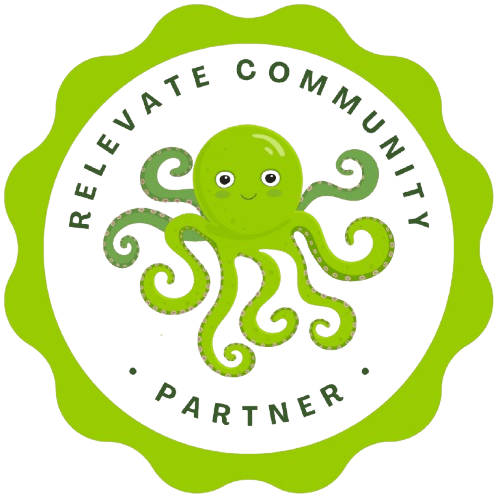
Why shouldn’t you jump from course idea to course creation.
After a decade of working in learning and development, this is what I most often see.
Course creators, business owners, entrepreneurs, training professionals (you name it) identify a course idea and immediately begin the course creation phase.
Why shouldn’t you do this?
Course creation is fun right? And you want to get your idea out there ASAP to help your students.
But what is the problem?
When you put your focus on creating content - creating fun and engaging content - you can easily lose the end in mind.
You lose sight of the initial purpose of the training.
Without the intention of the training present in each lesson you design, you risk creating an assortment of content that is thrown together with no learning journey.
Training needs to be conducted with a purpose, not just for the sake of creating content.
What should you do?
Focus on the overall picture: what problem does the training solve?
Once you have identified this, you can start to create a structured course outline that details the learning journey you will be offering to your students.
This plan will keep you on track of your overall goal, ensuring that you create a learning journey for your students.
Each lesson will have a clear direction, purpose and place in your course.
How do you start to plan your course?
It is imperative that you spend a majority of your time in this stage. Focus on planning an in depth and structured course outline. Everything that follows will be a lot easier when you have a plan to depend on.
Follow these 3 steps to course planning.
Step 1: Define your course goal
It is imperative here that you have a clear course goal, and that there is only one course goal! Do not write a complex sentence that has 3 goals hidden within it. This will only confuse your clients.
Note: if you are creating a curriculum of bundled courses, this will have a huge overall goal. However, each individual course (you may call them units or something else) will have its own specific goal.
To find this goal, conduct a gap analysis by talking to your clients. Gain an understanding of what your clients want to achieve.
Dive deep into this analysis.
- What do your clients want to achieve?
- Why do they want to achieve it?
- How can you support them?
- What have they implemented to date?
- What is working for them?
- What is not working for them?
Identify your clients current problems and find solutions to solve them. This is where you will find your course goal.
You are now in a position to really create an online course for your clients, rather than a course you think they want.
This is where you start creating their learning journey, which takes us to step 2.
Step 2: Create 3 - 5 learning outcomes
Consider these as objectives, milestones or stepping stones.
These are the steps your clients will take to achieve the overall goal of your online course. Understanding where your clients currently are will help you to create these steps.
It is important to identify learning outcomes so that you can be very clear on what your clients will be learning throughout your online course. Without these, you risk creating unsuccessful online courses.
With no plan, nor a clear direction, it’s like creating training just for the sake of having training. No one wants that.
Step 3: Write the competencies
These are the things your clients will learn to:
- Understand
- Practice
- Do
Ask yourself "For my clients to be able to achieve the learning outcome, they need to have the ability to...[insert competency].
These three steps are vital to be able to select the most appropriate content types for your clients and, thus, to create a successful online course.
Ready to plan your online course?
Download the online course planning template to get started!



